North Korea on Monday fired three medium-range Rodong ballistic missiles into the East Sea at around 12:43 p.m. to protest against the international leaders’ meeting in China and commemorate its government’s foundation, said South Korean military.
According to the Joint Chiefs of Staff, the missiles were fired from the country’s western region of Hwangju, North Hwanghae Province, and later fell in Japan’s air defense identification zone. The missiles were assessed to have flown some 1,000 kilometers, which is a little shorter than its presumed maximum range of 1,300 kilometers.
“The missile launch appears to be an armed protest intended to sustain military tension in the peninsula by boasting nuclear and missile capacities. It seems to have been motivated by the G20 summit and the North’s national foundation day on Sept. 9,” JCS said.
The missile launch followed a bilateral summit between South Korean President Park Geun-hye with her Chinese counterpart Xi Jinping on the sidelines of the two-day session of the Group of 20 summit, held in Hangzhou, China. During the meeting, Park attempted to persuade Xi on the upcoming deployment of US Terminal High Attitude Area Defense system here.
The occasion marked the first Korea-China summit since Seoul and Washington decided in July to deploy the much-disputed THAAD in the peninsula.
The North’s missile launch is also believed to involve South Korea’s new law on North Korean human rights that took effect Sunday.
The military reportedly has been keeping an eye on North Korean activities on speculations that the communist state may carry out a form of armed protest ahead of its foundation day.
According to the Joint Chiefs of Staff, the missiles were fired from the country’s western region of Hwangju, North Hwanghae Province, and later fell in Japan’s air defense identification zone. The missiles were assessed to have flown some 1,000 kilometers, which is a little shorter than its presumed maximum range of 1,300 kilometers.
“The missile launch appears to be an armed protest intended to sustain military tension in the peninsula by boasting nuclear and missile capacities. It seems to have been motivated by the G20 summit and the North’s national foundation day on Sept. 9,” JCS said.
The missile launch followed a bilateral summit between South Korean President Park Geun-hye with her Chinese counterpart Xi Jinping on the sidelines of the two-day session of the Group of 20 summit, held in Hangzhou, China. During the meeting, Park attempted to persuade Xi on the upcoming deployment of US Terminal High Attitude Area Defense system here.
The occasion marked the first Korea-China summit since Seoul and Washington decided in July to deploy the much-disputed THAAD in the peninsula.
The North’s missile launch is also believed to involve South Korea’s new law on North Korean human rights that took effect Sunday.
The military reportedly has been keeping an eye on North Korean activities on speculations that the communist state may carry out a form of armed protest ahead of its foundation day.
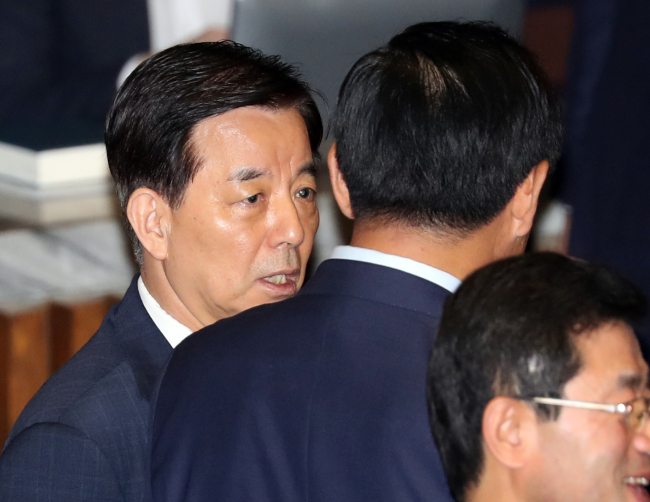
Pyongyang fired a short-range missile ahead of the anniversary in 2014, and has attempted launches of an intermediate-range Musudan missile ahead of the ruling Workers Party of Korea convention in May.
Under orders from its leader Kim Jong-un, North Korea has seen considerable advances in its ballistic missile programs. After pulling off the first successful launch of the Musudan in June, it successfully test-fired its submarine-launched KN-11 ballistic missile on Aug. 24.
The SLBM flew about 500 kilometers into the Japan Air Defense Identification Zone, but military officials believe it would be able to strike targets over 2,000 kilometers away if fired properly.
Such advances in missile technology has fueled calls within South Korea for a nuclear-powered submarine, despite the country being restricted by the Seoul-Washington treaty for peaceful use of nuclear technology.
US expert in North Korean studies Bruce Bechtol recently raised suspicions that China may have provided its own SLBM JL-1 to North Korea, based on the similarities of the Chinese missile and the KN-11.
JCS officials said that Monday’s launch was yet another violation of the UN Security Council resolution that bans the hermit kingdom from advancing its nuclear and ballistic missile programs. Pyongyang’s January nuclear test and February long-range rocket missile had sparked the UN to adopt resolution 2270, encompassing strong economic sanctions against the country.
By Yoon Min-sik (minsikyoon@heraldcorp.com)
Under orders from its leader Kim Jong-un, North Korea has seen considerable advances in its ballistic missile programs. After pulling off the first successful launch of the Musudan in June, it successfully test-fired its submarine-launched KN-11 ballistic missile on Aug. 24.
The SLBM flew about 500 kilometers into the Japan Air Defense Identification Zone, but military officials believe it would be able to strike targets over 2,000 kilometers away if fired properly.
Such advances in missile technology has fueled calls within South Korea for a nuclear-powered submarine, despite the country being restricted by the Seoul-Washington treaty for peaceful use of nuclear technology.
US expert in North Korean studies Bruce Bechtol recently raised suspicions that China may have provided its own SLBM JL-1 to North Korea, based on the similarities of the Chinese missile and the KN-11.
JCS officials said that Monday’s launch was yet another violation of the UN Security Council resolution that bans the hermit kingdom from advancing its nuclear and ballistic missile programs. Pyongyang’s January nuclear test and February long-range rocket missile had sparked the UN to adopt resolution 2270, encompassing strong economic sanctions against the country.
By Yoon Min-sik (minsikyoon@heraldcorp.com)


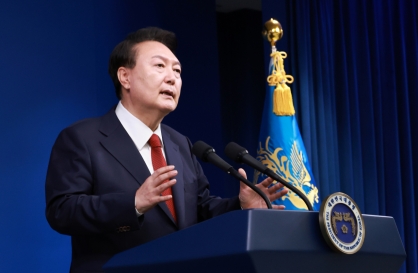


![[K-pop’s dilemma] Can K-pop break free from ‘fandom’ model?](http://res.heraldm.com/phpwas/restmb_idxmake.php?idx=644&simg=/content/image/2024/05/09/20240509050541_0.jpg&u=20240509173751)
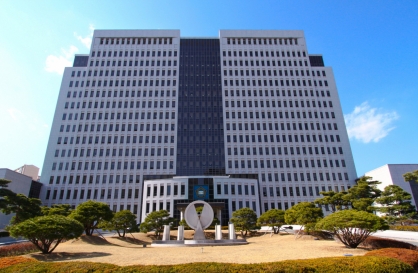



![[News Analysis] Yoon's first 2 years marked by intense confrontations, lack of leadership](http://res.heraldm.com/phpwas/restmb_idxmake.php?idx=644&simg=/content/image/2024/05/09/20240509050612_0.jpg&u=20240509233252)
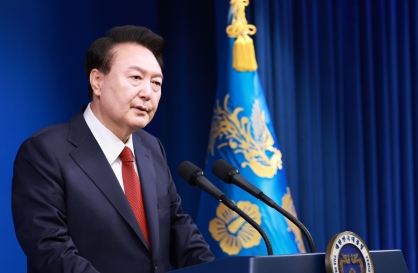



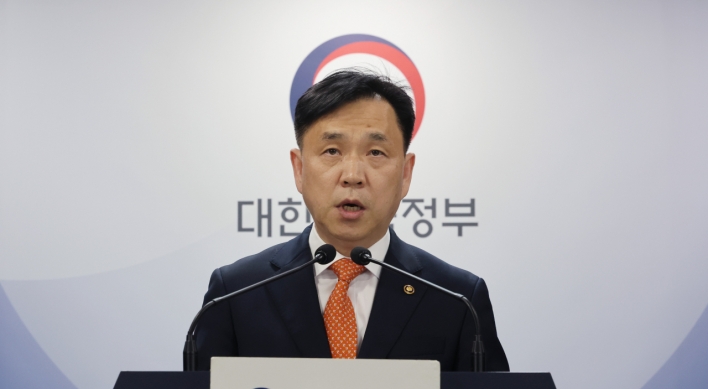


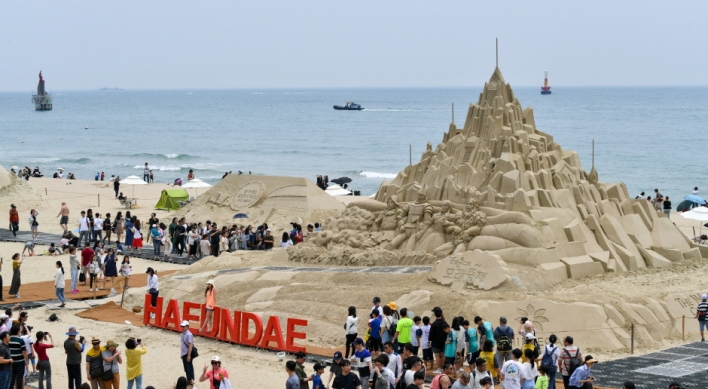
![[Today’s K-pop] NCT’s Mark to drop 1st solo album in February 2025](http://res.heraldm.com/phpwas/restmb_idxmake.php?idx=642&simg=/content/image/2024/05/10/20240510050597_0.jpg&u=)